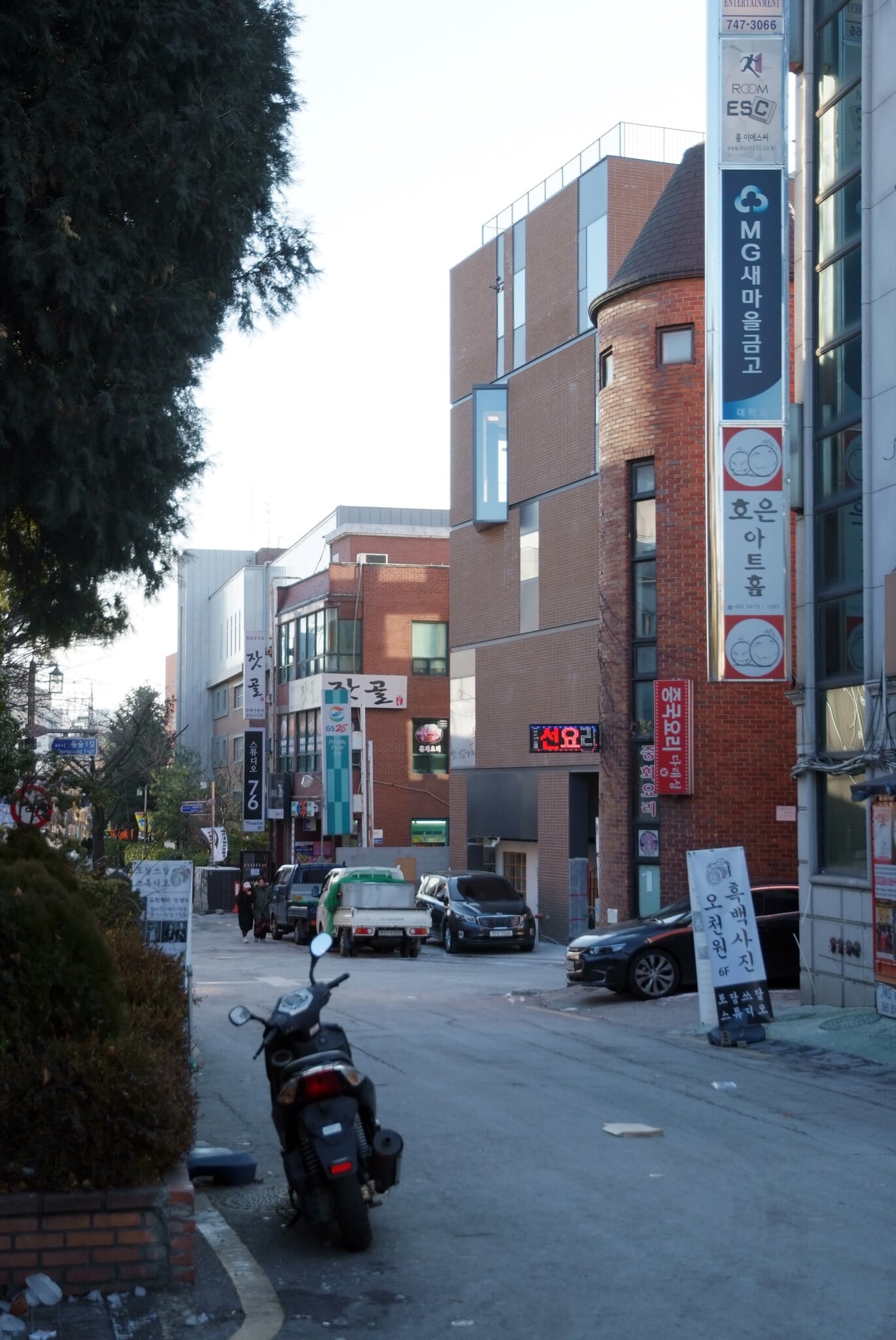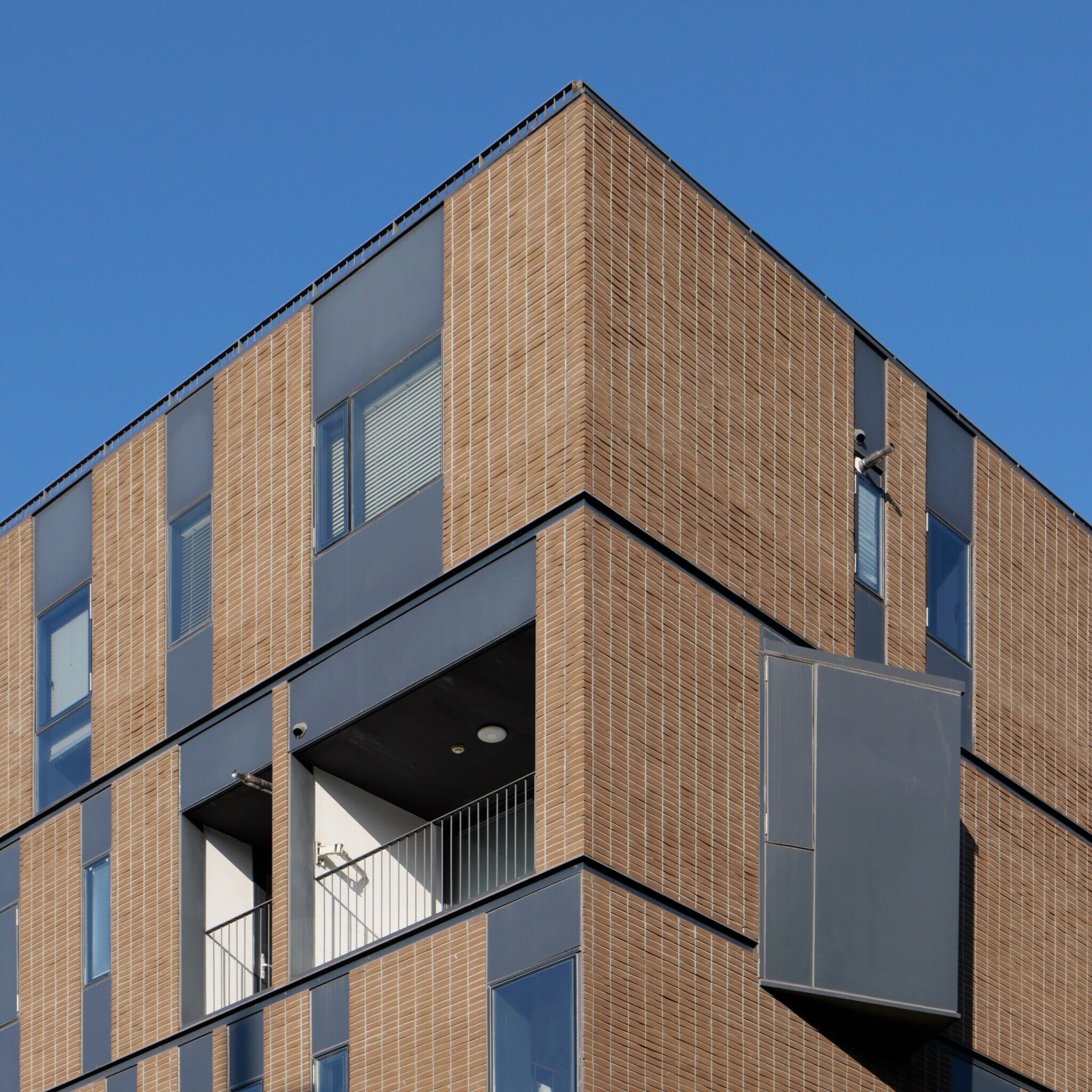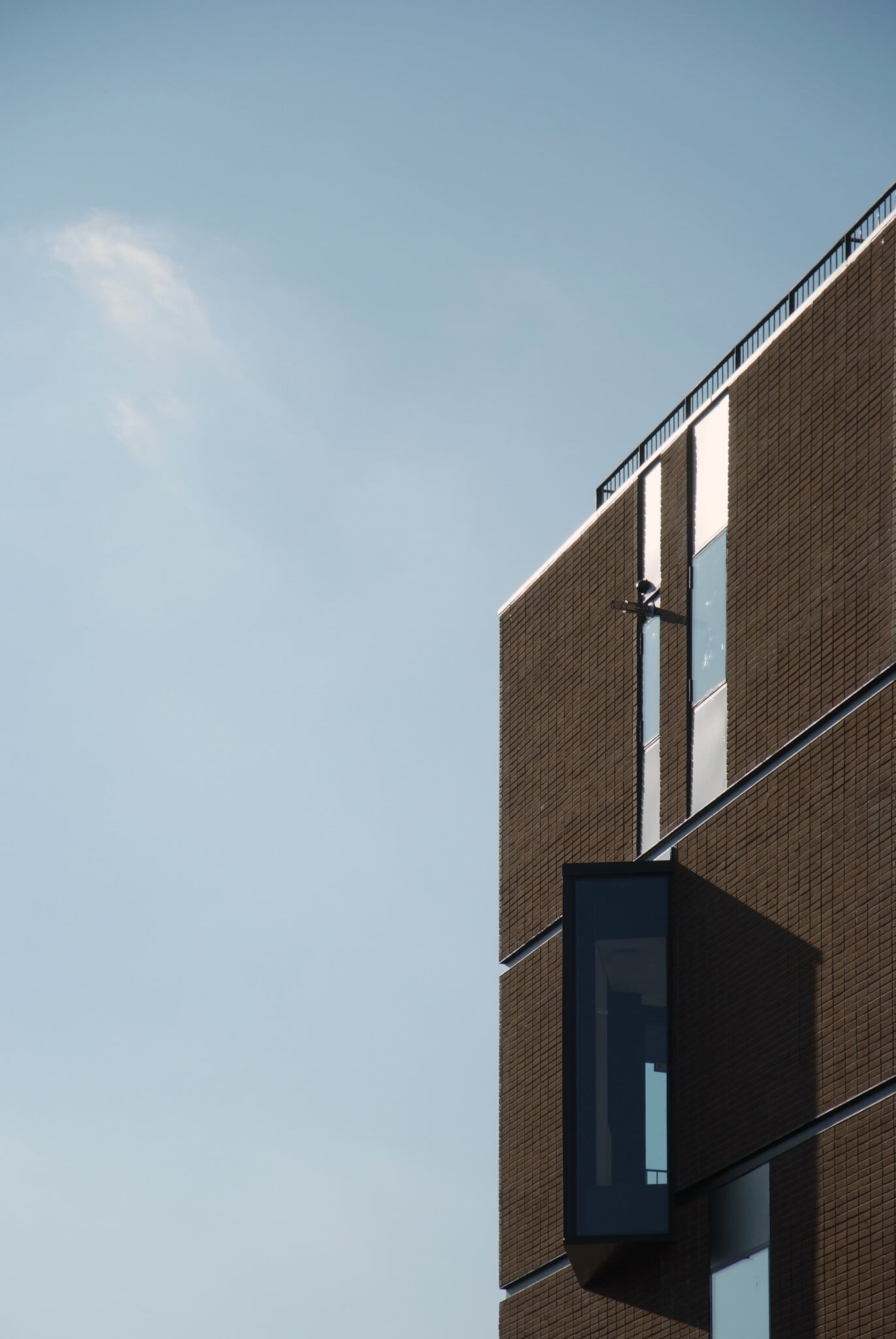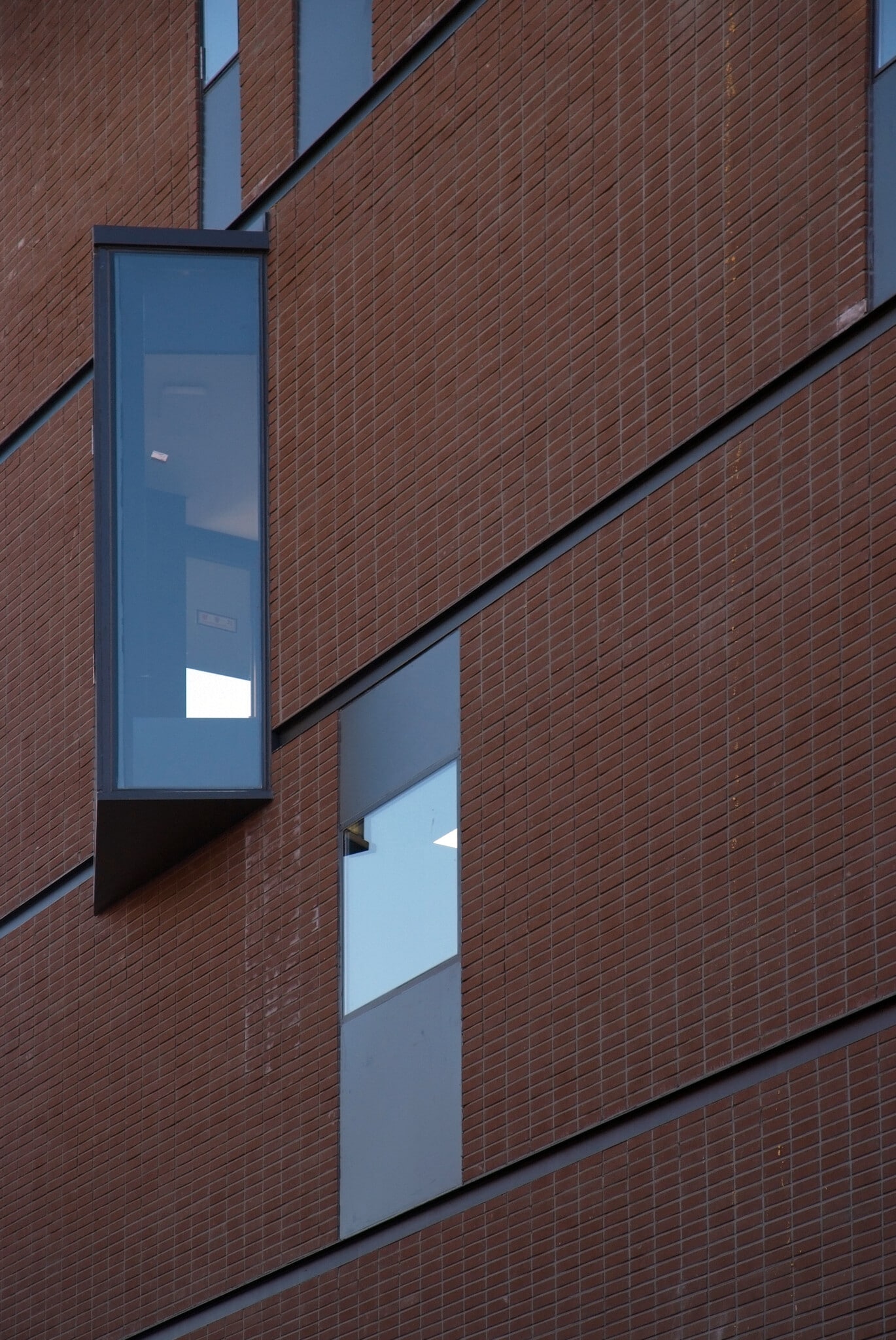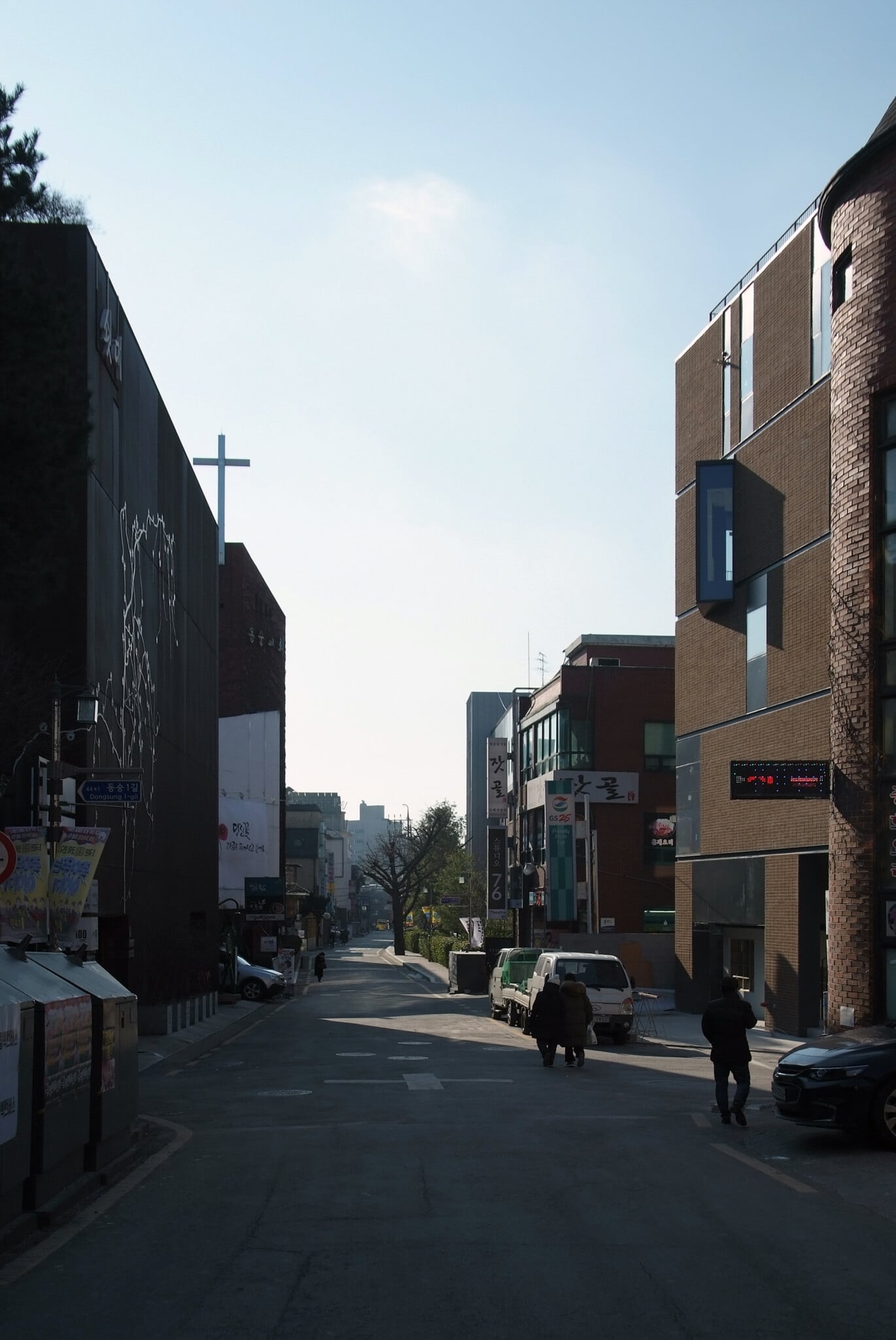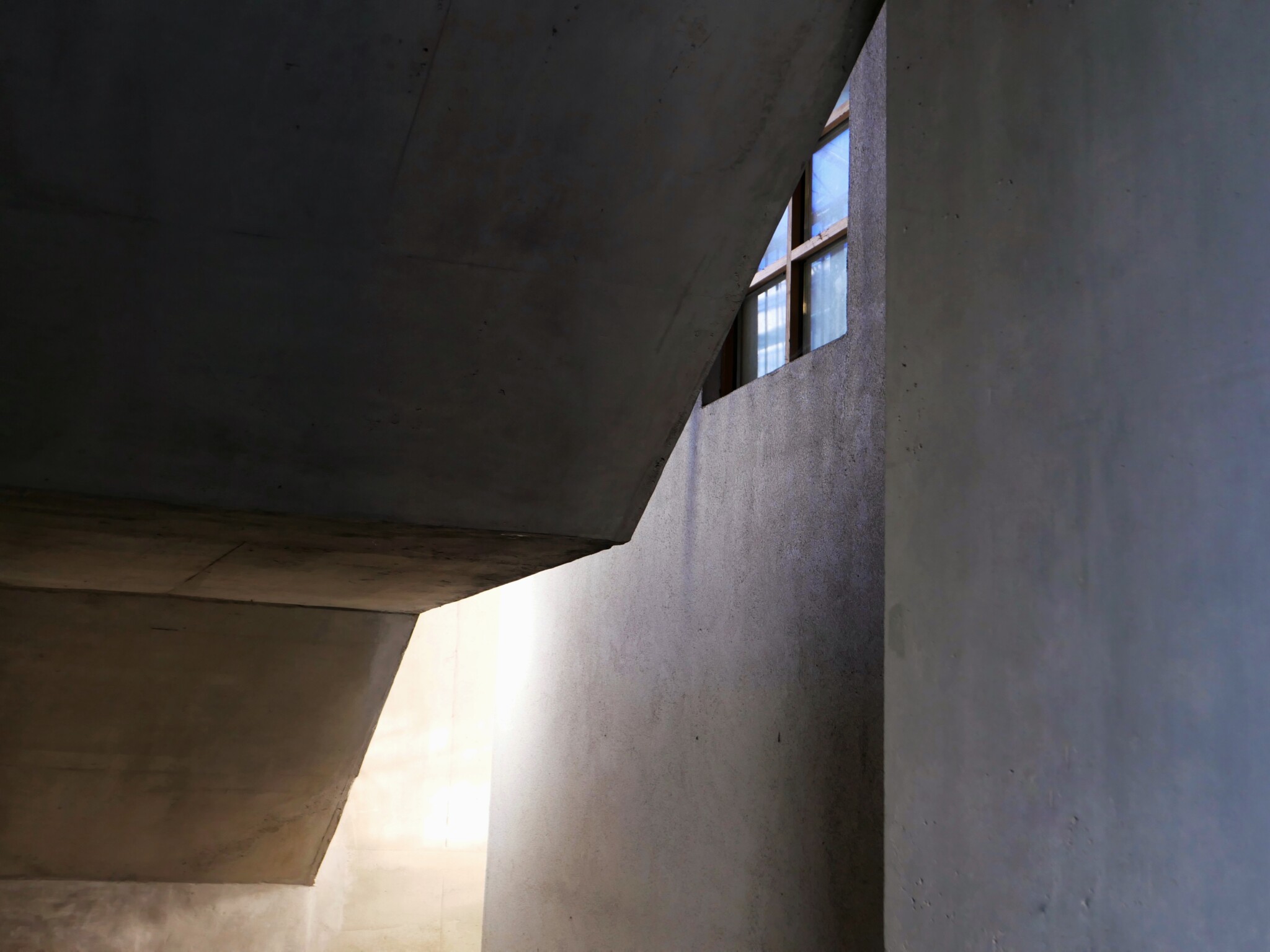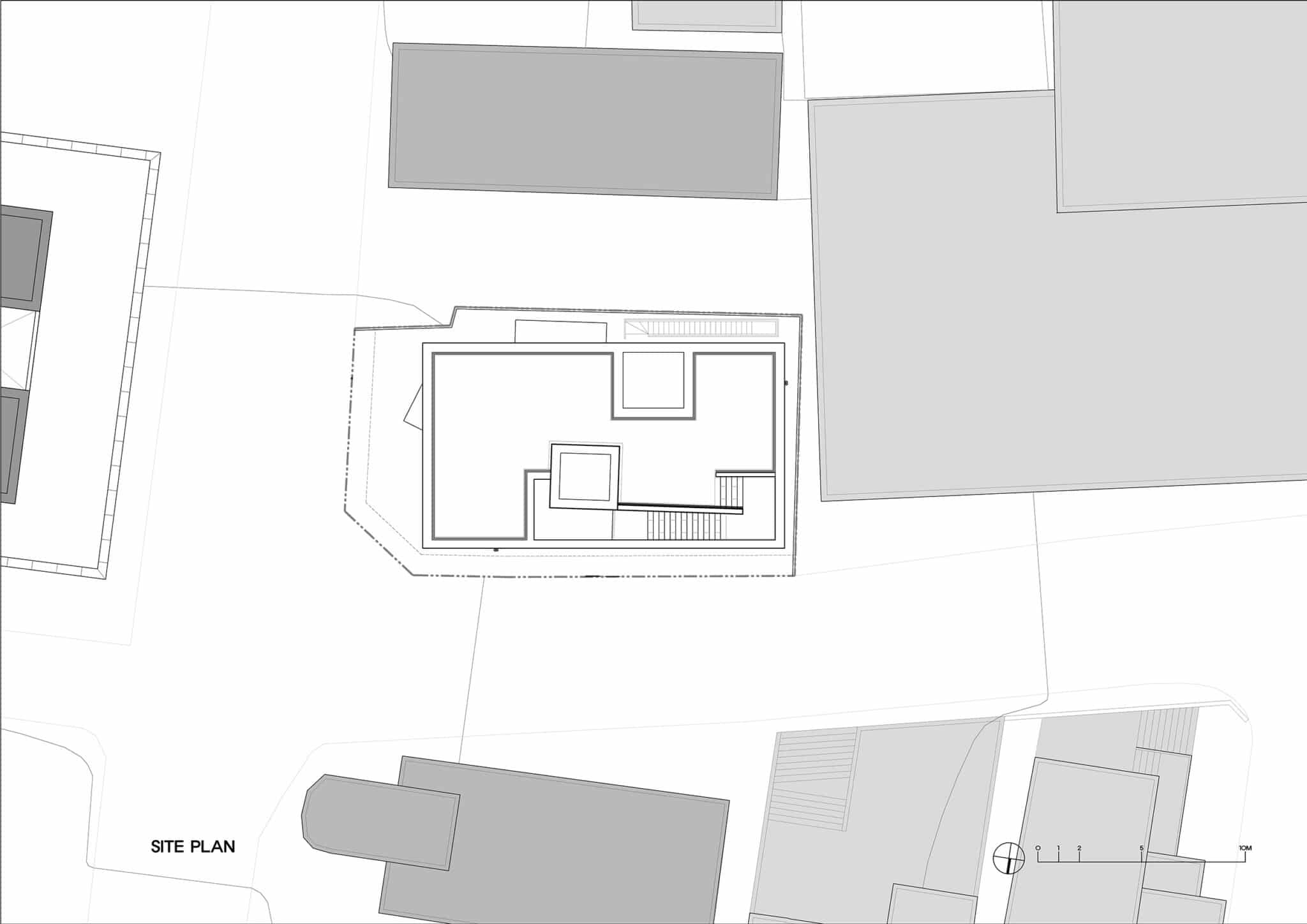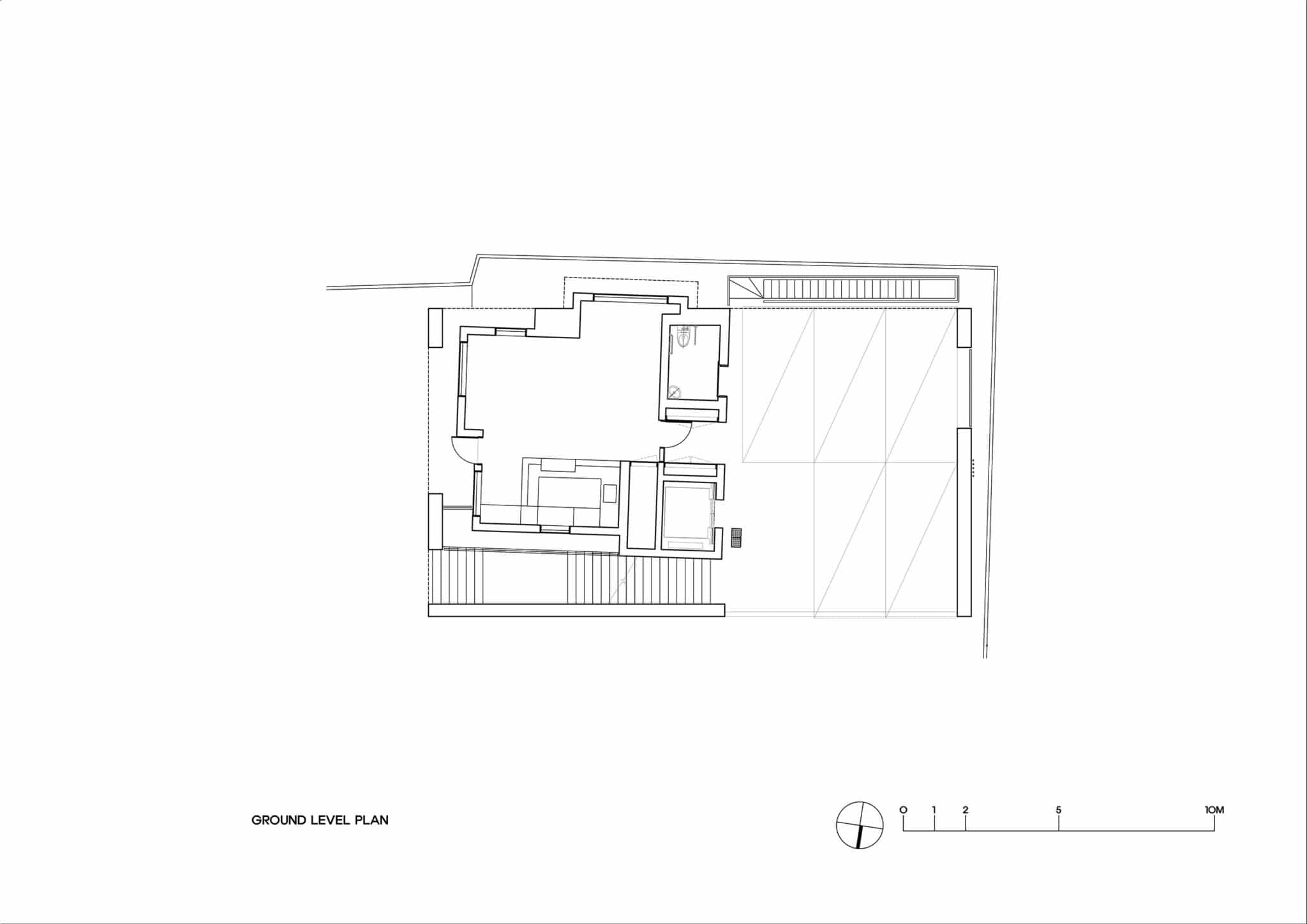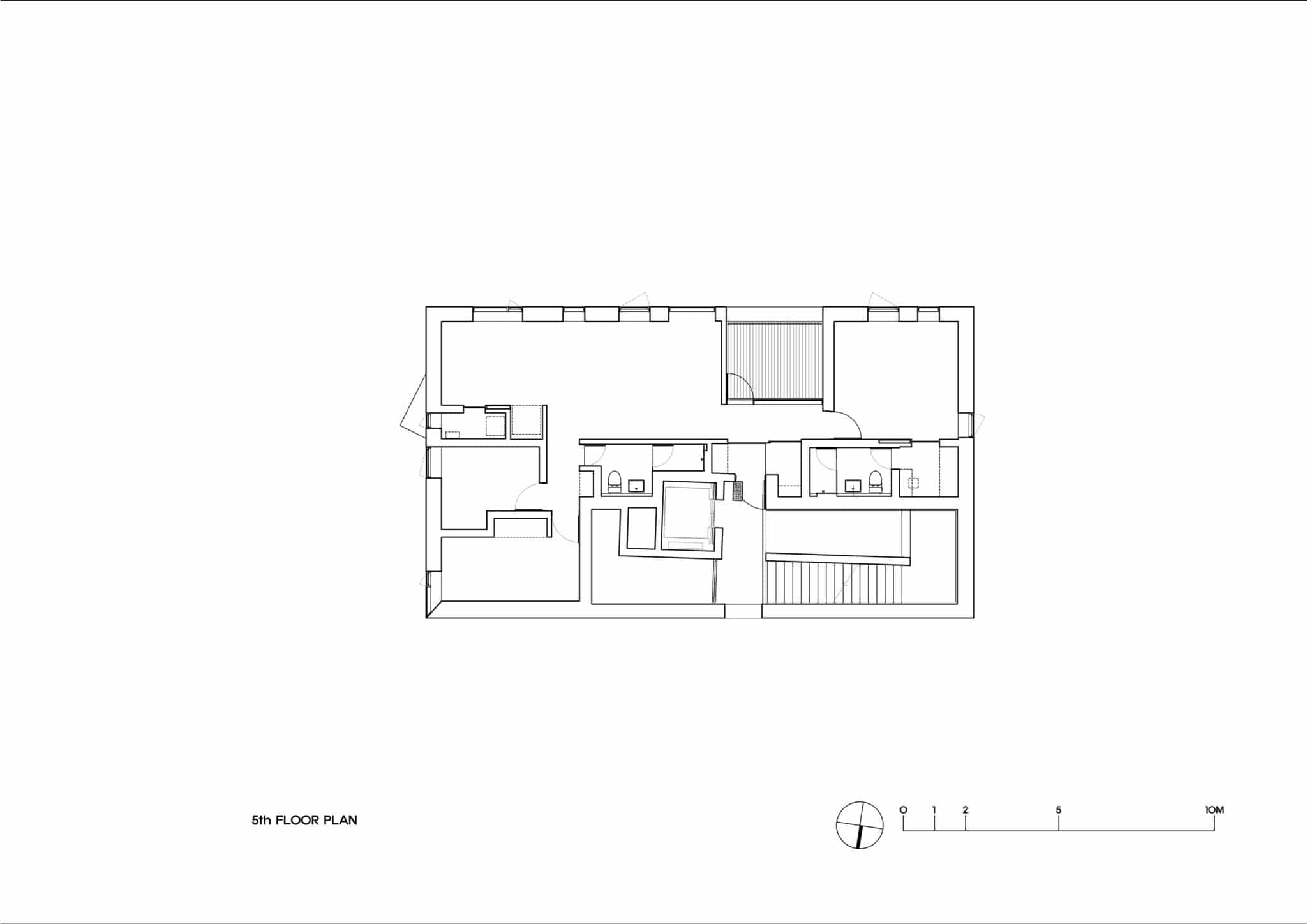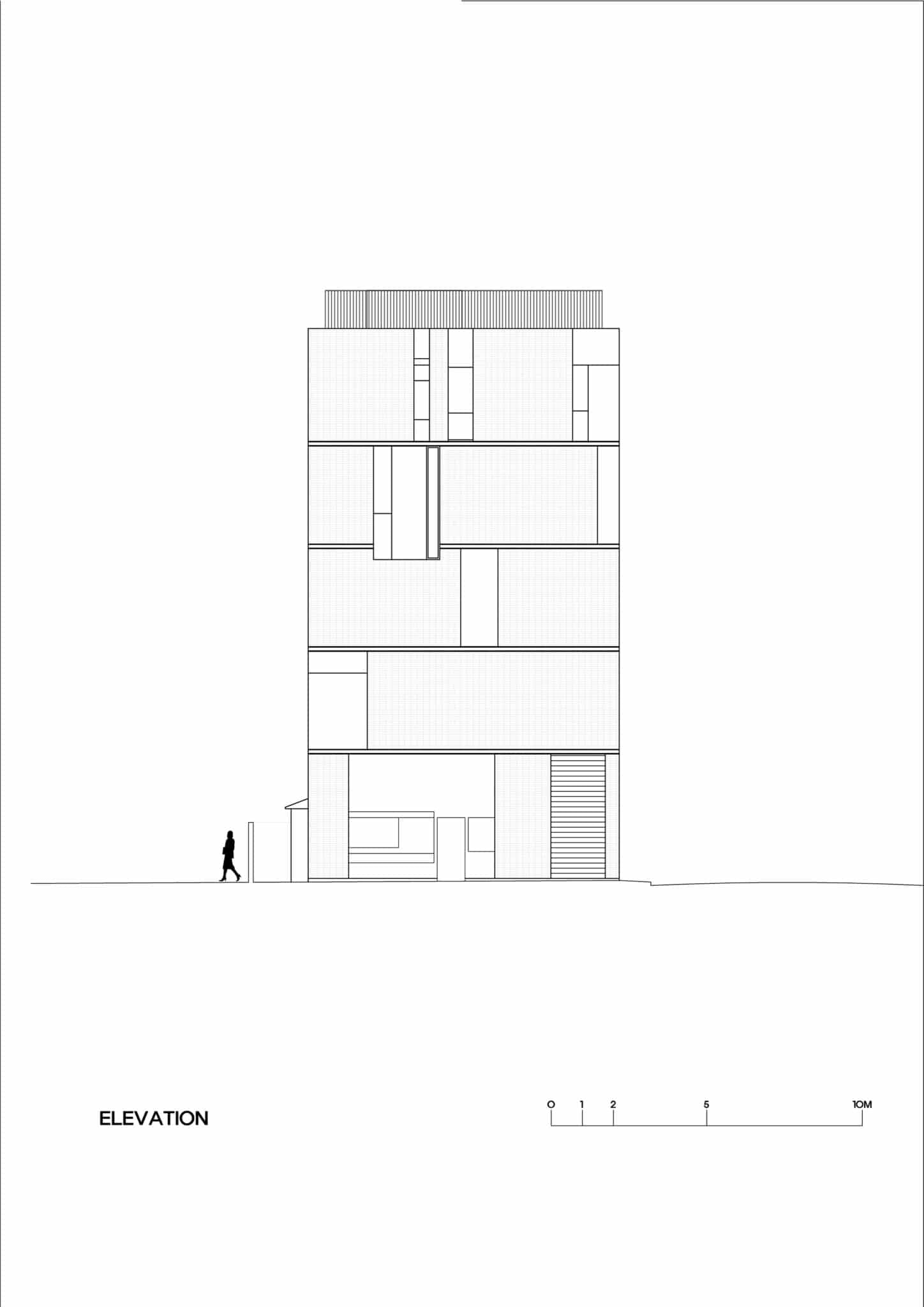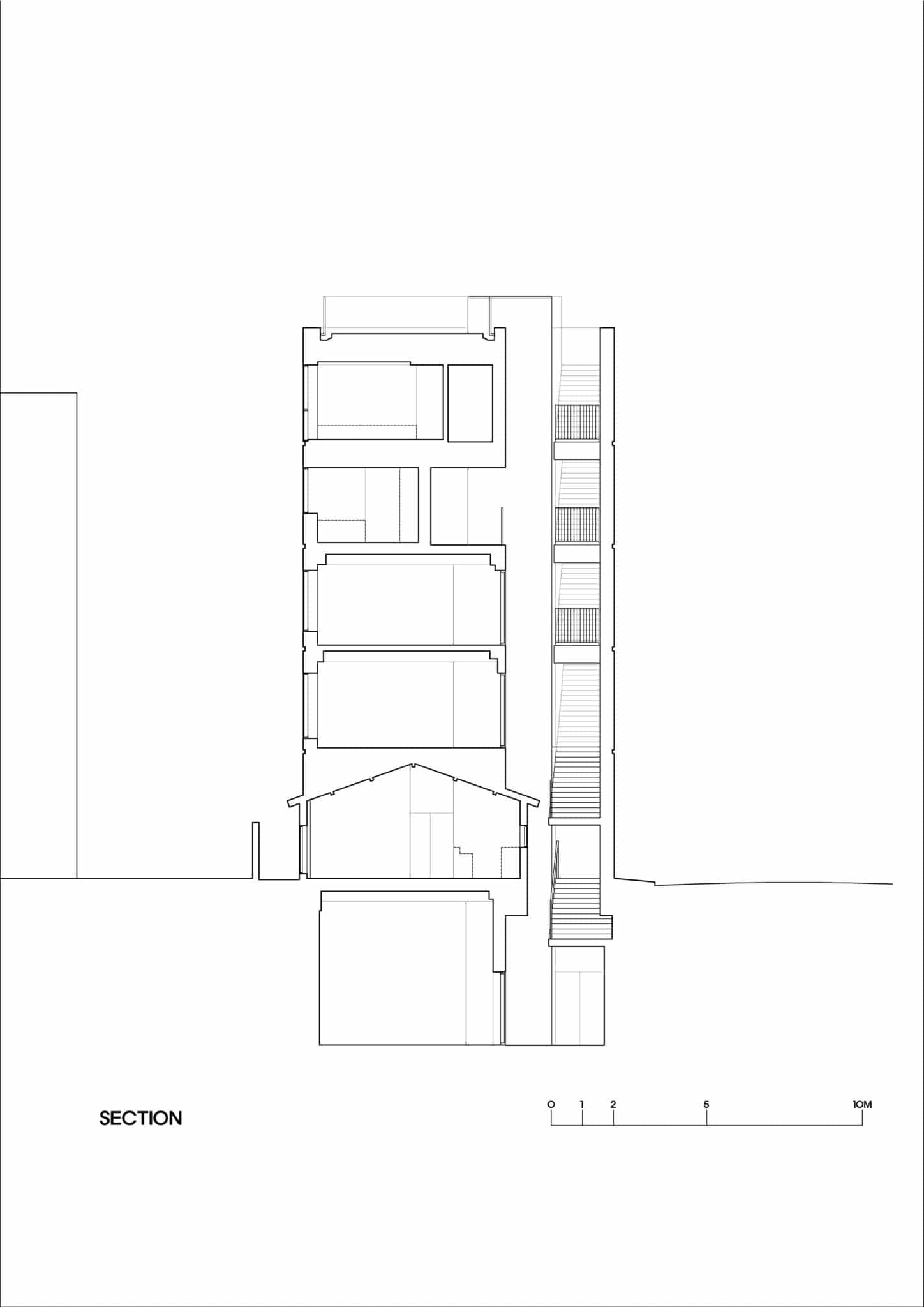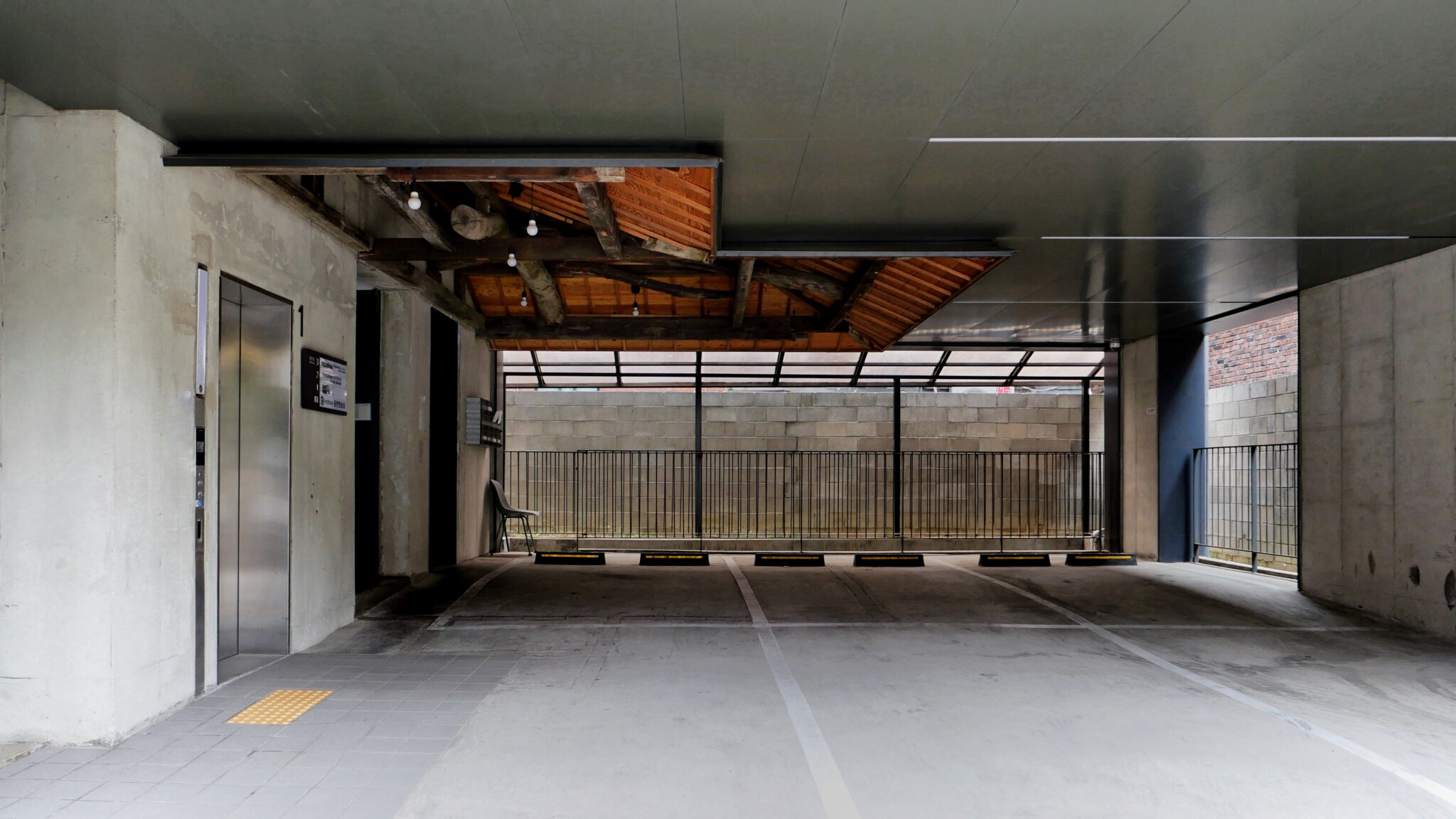Woohyunje
| 완공년도 | 2018 |
| 위치 | 서울 동숭동 |
| 대지면적 | 273.40㎡ |
| 건축면적 | 159.08㎡ |
| 연면적 | 701.00㎡ |
| 완공년도 | 2018 |
| 위치 | 서울 동숭동 |
| 대지면적 | 273.40㎡ |
| 건축면적 | 159.08㎡ |
| 연면적 | 701.00㎡ |
우현재
길모퉁이 현자의 집
대학로로 불리는 지역의 주소명은 동숭동이다. 조선시대 유학을 가르치던 숭교방의 동쪽이라고 하여 동숭동으로 불리기 시작한 이곳은 서울대학교 본부를 비롯한 캠퍼스로 오랫동안 쓰였던 땅이다. 1970년대 중반에 서울대학교가 이전하면서 정부는 전체 캠퍼스 약 만평의 땅을 백 개의 택지로 분할하고 일반에게 매각하며 이 지역의 운명을 바꾼다. 그러나 이미 문화의 기운이 서려 있던 이곳은 그 분할된 일반택지에도 각종 공연장과 미술관 같은 문화시설이 지어졌고 이윽고 여러 대학의 문화와 연관된 분교들이 곳곳에 들어서면서 독특하고 복합적인 문화상업지대로 변하고 말았다.
그리고 원래 서울대학교 본부 옆 즉 법학대학이 방송통신대학 캠퍼스로 변한 지역의 모퉁이에 오래된 작은 땅이 있었다. 이곳에는 꽃집으로 오래 쓰였던 가옥이 있었는데 곧 없어질 건물로 모두가 여기고 있었다. 그런 어느 날, 이 땅의 새로운 매입자가 새 건물을 짓겠다며 내게 건축주로 나타났다. 그럴 인연인 줄 모르며 이 땅을 무시하고 지나쳤던 내 자신을 몹시 나무랐다. 그런데 막상 현장의 가옥 내부를 방문하고는 너무도 놀라고 만다. 이 집은 오래전부터 서울대학교 교수관사의 하나로 지어진 건축이며 더구나, 내 은사였던 교수님의 집이라는 것을 확인하게 된 것이다. 그리고 가옥의 구조가 소위 적산가옥의 전형이었다. 비록 폐허처럼 망가지고 더러는 뜯기고 없어졌지만 역사의 흔적과 기억은 고스란히 남아 나를 기다리고 있었던 것이다.
지하1개층과 서너세대의 주택과 임대사무실 기능의 지상 5개층은 이 집의 멸실을 전제하고 있었지만 나는 이 집의 보전을 주장하였다. 해체와 복원이 손 쉬운 목조건축이니 지하층을 구축할 때 해체하여 이전했다가 1층에 고스란히 제 위치를 찾아 다시 조립하는 것이다. 물론 그 위로는 요구된 4개층이 쌓일 수 있게 했다. ‘지문 Landscript’의 가치를 간곡히 설명하며 건축주를 동의를 얻었고 지역지구지침에 의거한 붉은 벽돌로 전체를 마감하여 소위 근린생활시설이라는 일상의 건축물을 길모퉁이에 세웠다. 외형으로는 이 건축이 가진 역사를 알기 어렵다. 그러나 1층의 내부로 진입하면 마치 인테리어 장치인 듯한 내부 공간의 풍경이 낯설다. 그래서 그 까닭을 알게 된다면, 이 땅의 역사를 읽게 되며 우리의 존재형식을 다시 일깨우는 순간이 될 수도 있을 것이다. 그래서 이 집의 이름을 우현재隅賢齋라고 했다. 길모퉁이에 사는 현자의 집이라는 뜻이다. 이곳에 사셨던 내 은사 김형걸교수님을 기억한 방법이었다.
Woohyunje
House of the Sage at the Corner
The neighborhood known today as Daehangno was historically named Dongsung-dong, referring to its location east of Sunggyo-bang, a district where Confucian studies were taught during the Joseon Dynasty. The area once served as the main campus of Seoul National University. When the university relocated in the mid-1970s, the government subdivided the 10,000-pyeong campus into 100 plots and sold them to the public, forever altering the destiny of the area.
However, cultural energy was already deeply embedded in the land. Even on these newly divided lots, theaters, galleries, and cultural institutions sprang up. Later, satellite campuses of several universities followed, and the area evolved into a unique, complex district of cultural commerce.
On a corner plot, once part of the Seoul National University’s law school campus and later used by the Korea National Open University, there sat a small and overlooked piece of land. It held an old house that had long served as a flower shop—a building most assumed would soon be demolished. One day, a new owner appeared and asked me to design a building on the site. I had long passed by this land without a second thought, unaware that fate would tie me to it. Visiting the interior, I was stunned to realize that this was once a faculty residence for Seoul National University—in fact, it had belonged to my own mentor.
The building was a textbook example of a jeoksan (enemy asset) house, a type common in Korea’s colonial past. Though it had fallen into ruin, much of it dismantled or damaged, its memory and historic traces remained, as though waiting for me.
The plan had assumed demolition, with one basement level and five stories above for housing and rental offices. Yet I insisted on preserving the house. As a timber structure, it was relatively easy to disassemble and relocate temporarily while the basement was constructed. Once completed, we reassembled the original house in its precise position on the first floor, with four new floors added above.
I persuaded the client by explaining the value of what I call a “Landscript”—a written record embedded in architecture. The new building was clad in red brick in accordance with local zoning regulations, taking on the appearance of a typical neighborhood facility. From the outside, one would not guess the building’s layered past. But entering the first floor, visitors are greeted by a space that feels strangely unfamiliar, as though part of the interior design were a kind of memory device. Discovering the reason, one begins to read the history of the place, and perhaps even awaken a deeper understanding of how we live.
The building is called Woohyunje (隅賢齋), meaning “House of the Sage at the Corner.” It is my way of remembering Professor Kim Hyung-geol, my mentor, who once lived there.
